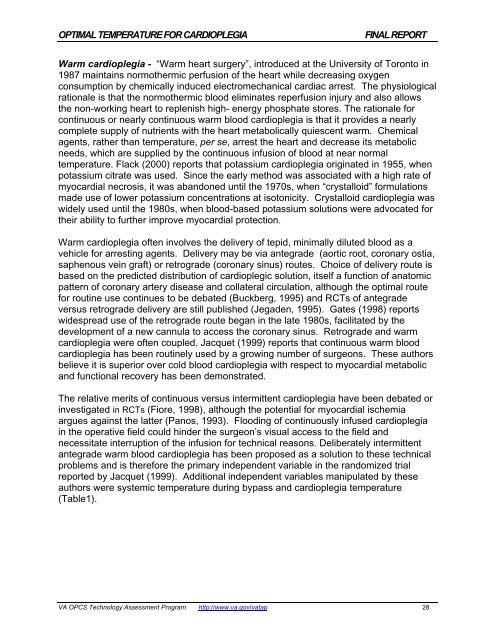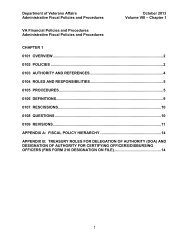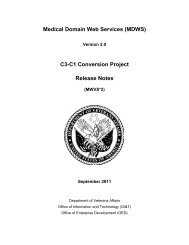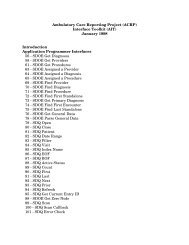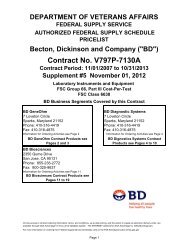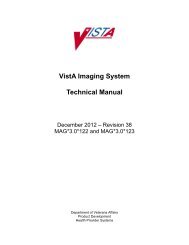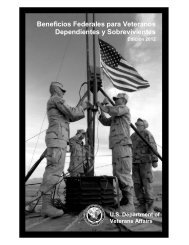Optimal Temperature for Cardioplegia During Coronary Artery ...
Optimal Temperature for Cardioplegia During Coronary Artery ...
Optimal Temperature for Cardioplegia During Coronary Artery ...
Create successful ePaper yourself
Turn your PDF publications into a flip-book with our unique Google optimized e-Paper software.
OPTIMAL TEMPERATURE FOR CARDIOPLEGIA FINAL REPORT<br />
Warm cardioplegia - “Warm heart surgery”, introduced at the University of Toronto in<br />
1987 maintains normothermic perfusion of the heart while decreasing oxygen<br />
consumption by chemically induced electromechanical cardiac arrest. The physiological<br />
rationale is that the normothermic blood eliminates reperfusion injury and also allows<br />
the non-working heart to replenish high- energy phosphate stores. The rationale <strong>for</strong><br />
continuous or nearly continuous warm blood cardioplegia is that it provides a nearly<br />
complete supply of nutrients with the heart metabolically quiescent warm. Chemical<br />
agents, rather than temperature, per se, arrest the heart and decrease its metabolic<br />
needs, which are supplied by the continuous infusion of blood at near normal<br />
temperature. Flack (2000) reports that potassium cardioplegia originated in 1955, when<br />
potassium citrate was used. Since the early method was associated with a high rate of<br />
myocardial necrosis, it was abandoned until the 1970s, when “crystalloid” <strong>for</strong>mulations<br />
made use of lower potassium concentrations at isotonicity. Crystalloid cardioplegia was<br />
widely used until the 1980s, when blood-based potassium solutions were advocated <strong>for</strong><br />
their ability to further improve myocardial protection.<br />
Warm cardioplegia often involves the delivery of tepid, minimally diluted blood as a<br />
vehicle <strong>for</strong> arresting agents. Delivery may be via antegrade (aortic root, coronary ostia,<br />
saphenous vein graft) or retrograde (coronary sinus) routes. Choice of delivery route is<br />
based on the predicted distribution of cardioplegic solution, itself a function of anatomic<br />
pattern of coronary artery disease and collateral circulation, although the optimal route<br />
<strong>for</strong> routine use continues to be debated (Buckberg, 1995) and RCTs of antegrade<br />
versus retrograde delivery are still published (Jegaden, 1995). Gates (1998) reports<br />
widespread use of the retrograde route began in the late 1980s, facilitated by the<br />
development of a new cannula to access the coronary sinus. Retrograde and warm<br />
cardioplegia were often coupled. Jacquet (1999) reports that continuous warm blood<br />
cardioplegia has been routinely used by a growing number of surgeons. These authors<br />
believe it is superior over cold blood cardioplegia with respect to myocardial metabolic<br />
and functional recovery has been demonstrated.<br />
The relative merits of continuous versus intermittent cardioplegia have been debated or<br />
investigated in RCTs (Fiore, 1998), although the potential <strong>for</strong> myocardial ischemia<br />
argues against the latter (Panos, 1993). Flooding of continuously infused cardioplegia<br />
in the operative field could hinder the surgeon’s visual access to the field and<br />
necessitate interruption of the infusion <strong>for</strong> technical reasons. Deliberately intermittent<br />
antegrade warm blood cardioplegia has been proposed as a solution to these technical<br />
problems and is there<strong>for</strong>e the primary independent variable in the randomized trial<br />
reported by Jacquet (1999). Additional independent variables manipulated by these<br />
authors were systemic temperature during bypass and cardioplegia temperature<br />
(Table1).<br />
VA OPCS Technology Assessment Program http://www.va.gov/vatap 28


